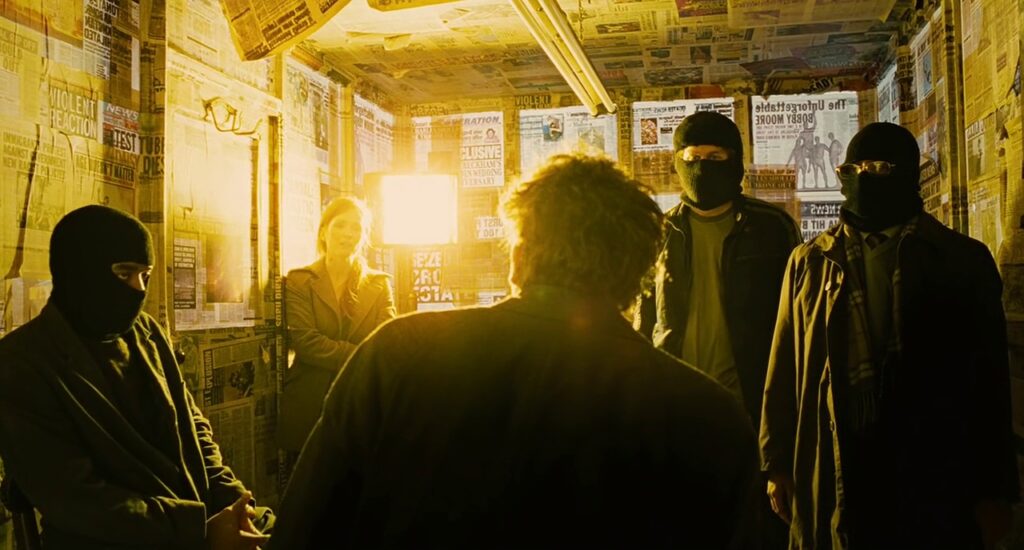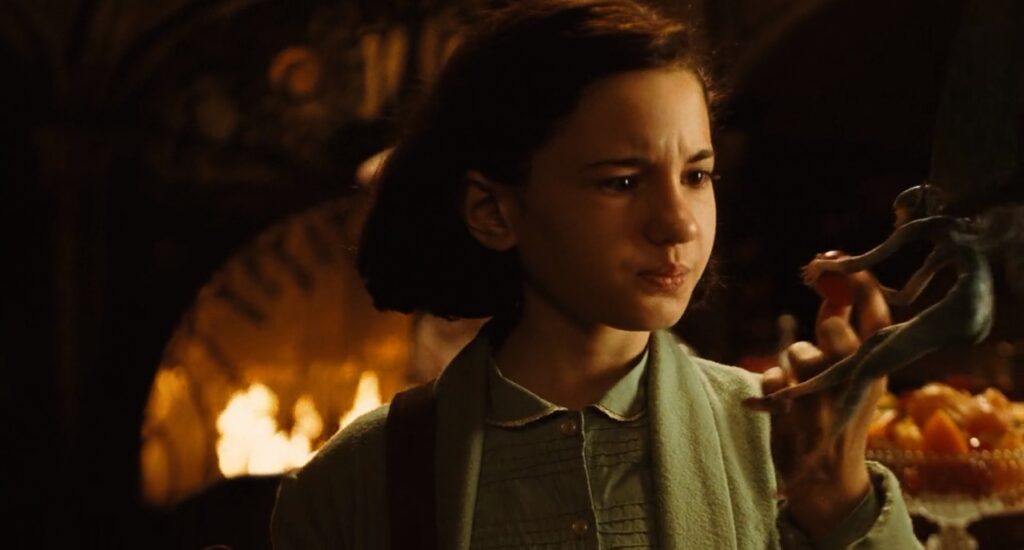“The Prestige” (2006): Nolan’s Intricate Tapestry of Obsession and Illusion – Film Review

Christopher Nolan’s 2006 film “The Prestige” is a labyrinthine tale of rivalry, obsession, and deception, set against the backdrop of Victorian-era London’s competitive world of stage magic. Starring Christian Bale as Alfred Borden and Hugh Jackman as Robert Angier, the film delves into the complexities of their fierce competition and the lengths to which they go to outdo each other.
Crafting the Illusion: Story and Structure
“The Prestige” is based on the novel of the same name by Christopher Priest. The narrative structure, akin to the parts of a magic trick, is divided into three segments: The Pledge, The Turn, and The Prestige, each serving to deepen the mystery and intrigue of the plot. This nonlinear storytelling is a hallmark of Nolan’s directorial style, requiring the audience to piece together the puzzle of the narrative, much like the characters’ quest for the ultimate illusion.
The film’s plot is driven by the intense rivalry between Borden and Angier, whose initial camaraderie turns sour after a tragic accident. Their ensuing battle of wits and secrets forms the crux of the story, exploring themes of sacrifice, identity, and the nature of reality versus perception.
Behind the Magic: Production Insights
The production of “The Prestige” was marked by Nolan’s attention to detail and commitment to authenticity. Filming primarily took place in London and Los Angeles, with the director utilizing practical effects and period-appropriate sets to ground the film’s fantastical elements in a tangible reality. Nolan’s collaboration with cinematographer Wally Pfister resulted in a visually stunning film that uses light and shadow to enhance the atmospheric tension and thematic depth.
Nolan and his team went to great lengths to recreate the Victorian era authentically, from the cobblestone streets of London to the intricate mechanics of the period’s stage magic. The production design, led by Nathan Crowley, and the costume design by Joan Bergin, meticulously captured the essence of the time, contributing significantly to the film’s immersive experience.
The Dueling Magicians: Character Analysis
Bale and Jackman deliver compelling performances as Borden and Angier, respectively. Bale’s portrayal of Borden as a gritty, determined magician contrasts with Jackman’s Angier, who is charismatic yet consumed by vengeance. The characters’ complex personalities and moral ambiguities are central to the film’s exploration of obsession and the costs of artistic and personal rivalry.
Supporting performances by Michael Caine, as the ingenieur Cutter, and Scarlett Johansson, as the assistant Olivia, add layers to the narrative, offering differing perspectives on the magicians’ feud and the world of stage magic.
Cinematic Sleight of Hand: Themes and Motifs
“The Prestige” is replete with themes of duality, sacrifice, and the pursuit of excellence at any cost. The film repeatedly questions the nature of reality, with the audience, much like the spectators within the movie, left to wonder where the line between truth and illusion lies. The recurring motifs of water, birds, and mirrors serve as metaphors for the characters’ journeys and the film’s deeper philosophical questions.
Nolan’s exploration of these themes is subtle yet profound, with the film’s structure itself mirroring the acts of a magic trick, complete with misdirection and revelation. This thematic depth, combined with the narrative’s complexity, ensures that “The Prestige” remains a subject of discussion and analysis long after the initial viewing.
Narrative Structure and Thematic Depth
“The Prestige” is notable for its non-linear narrative structure, which mirrors the stages of a magic trick as outlined in the film: The Pledge, The Turn, and The Prestige. This structure enhances the storytelling, allowing Nolan to gradually reveal layers of complexity in the plot and the characters. The film becomes a metaphorical magic trick, complete with misdirection and a final reveal that forces the audience to reconsider everything they have witnessed.
Thematically, the film delves into the nature of obsession, the cost of ambition, and the quest for perfection. It questions the boundaries of ethical behavior in the pursuit of greatness and examines the impact of secrecy and deceit on personal relationships and self-identity.
Behind the Scenes: Crafting the Illusion
Creating the world of “The Prestige” required meticulous attention to detail, both in terms of historical accuracy and the representation of stage magic. Nolan, working closely with production designer Nathan Crowley and cinematographer Wally Pfister, crafted a visually stunning representation of Victorian London that felt authentic and lived-in.
The magic tricks, designed with the help of real magicians and based on historical practices, were executed with a blend of practical effects and minimal CGI, maintaining the film’s commitment to authenticity. The choice to use practical effects wherever possible not only grounded the film’s fantastical elements in reality but also paid homage to the art of stage magic.
Performance and Casting Dynamics
The casting of Jackman and Bale was pivotal to the film’s success. Their performances captured the essence of their characters’ rivalry and obsession, driving the narrative’s emotional and psychological tension. The supporting cast, including Michael Caine as the ingenieur Cutter and Scarlett Johansson as Angier’s assistant Olivia, added depth to the story, each character playing a crucial role in the unfolding drama.
Reception and Legacy
Upon its release, “The Prestige” was acclaimed for its intelligent script, visual style, and the strong performances of its lead actors. Over time, it has come to be regarded as one of Nolan’s most intricate and layered films, with a narrative that rewards repeated viewings.
Critics and audiences alike have praised the film for its exploration of the themes of duality, sacrifice, and the destructive nature of obsession. Its ending, which provides a final twist that recontextualizes the entire narrative, has been particularly noted for its impact and ingenuity.




